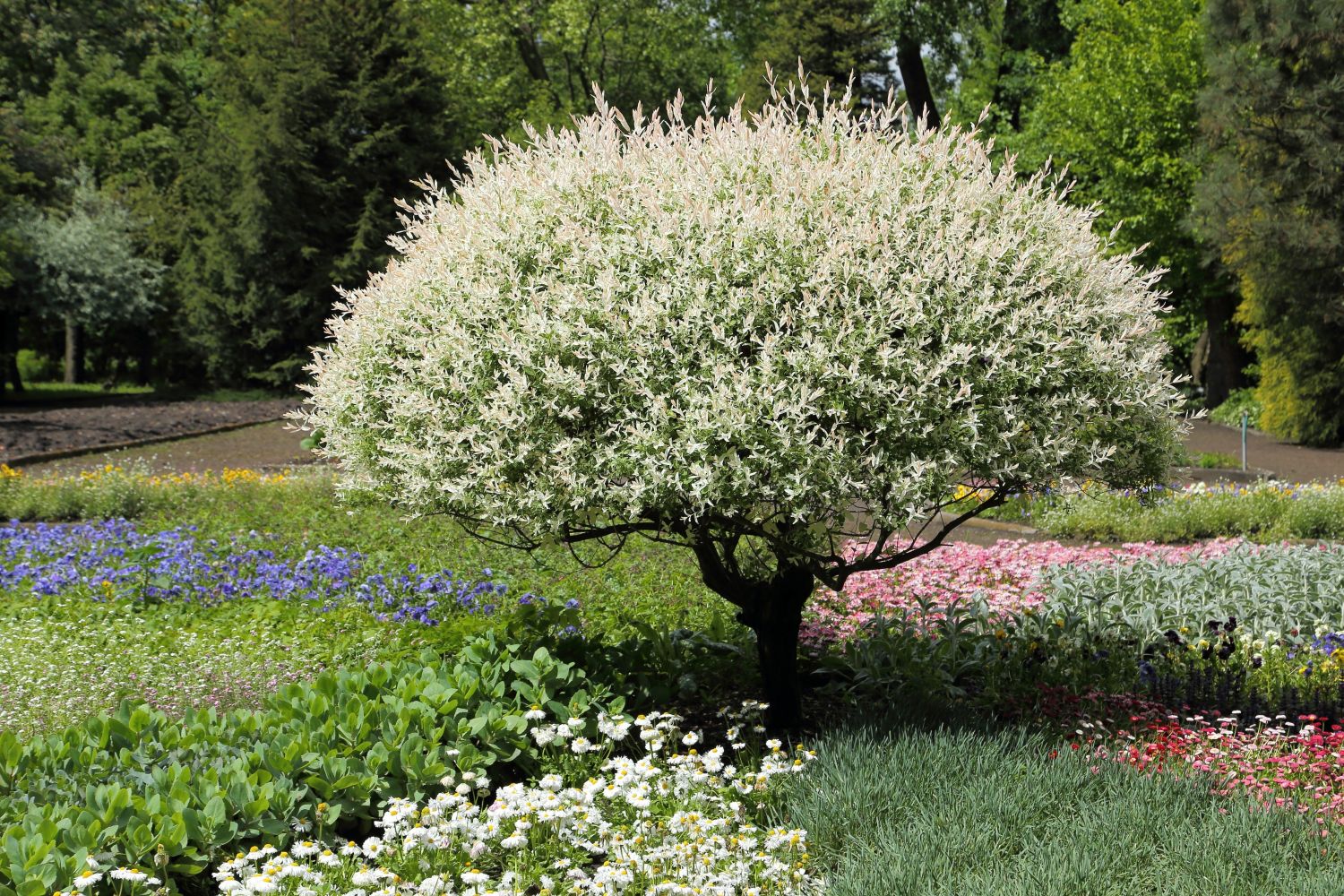Flamingo Tree Plant: A Stunning Addition to Any Garden
Flamingo tree plants, also known as Bauhinia variegata, are a stunning addition to any garden. With their vibrant pink flowers and unique foliage, these plants are sure to make a statement in your outdoor space. In this article, we will explore the beauty and characteristics of the flamingo tree plant, as well as how to care for and grow them in your garden.
Characteristics of the Flamingo Tree Plant
The flamingo tree plant is a medium-sized tree that belongs to the Fabaceae family. It is native to India and other parts of Asia, but can also be found in tropical and subtropical regions around the world. The plant gets its name from its striking pink flowers, which resemble the color of a flamingo.
The leaves of the flamingo tree plant are unique in that they are shaped like a pair of butterfly wings. They are green with a glossy finish and have a slight variegation, adding to the plant’s overall beauty. The flowers of the flamingo tree plant are large and showy, with five petals that range in color from pale pink to deep magenta.
How to Care for a Flamingo Tree Plant
Light
Flamingo tree plants thrive in full sun to partial shade. It is important to place them in a location where they will receive at least six hours of sunlight per day. In hotter climates, it is best to provide some afternoon shade to prevent the leaves from burning.
Soil

These plants prefer well-draining soil that is rich in organic matter. A sandy loam soil is ideal for flamingo tree plants. Make sure to water the plant regularly, but allow the soil to dry out between waterings to prevent root rot.
Water
Flamingo tree plants have moderate water needs. Water the plant deeply once a week, or more often during hot weather. Be sure to water at the base of the plant to avoid wetting the foliage, which can lead to disease.
Fertilizer
Fertilize your flamingo tree plant with a balanced, slow-release fertilizer in the spring. This will help promote healthy growth and abundant flowering. Avoid over-fertilizing, as this can lead to leggy growth and fewer flowers.
Pruning
Prune your flamingo tree plant in the late winter or early spring to remove any dead or damaged branches. This will help promote new growth and maintain a healthy shape. You can also prune the plant to encourage more branching and a bushier appearance.
Propagation of the Flamingo Tree Plant

Flamingo tree plants can be propagated from seeds or cuttings. To propagate from seeds, collect mature seed pods from the plant and allow them to dry out completely. Plant the seeds in a seed-starting mix and keep them moist until they germinate. It may take several weeks for the seeds to sprout.
To propagate from cuttings, take a 4-6 inch cutting from a healthy branch and remove the lower leaves. Dip the cut end in rooting hormone and plant it in a pot with well-draining soil. Keep the cutting moist and in a warm, humid environment until roots develop.
Uses of the Flamingo Tree Plant
Flamingo tree plants are not only beautiful but also have medicinal properties. In traditional medicine, the bark, leaves, and flowers of the plant are used to treat various ailments, including inflammation, fever, and skin conditions. The plant is also used in landscaping to add color and interest to gardens and parks.
In addition to its medicinal and ornamental uses, the flamingo tree plant is also a valuable source of food for wildlife. The flowers attract bees, butterflies, and hummingbirds, while the seeds are eaten by birds and small mammals. This makes the plant a valuable addition to any ecosystem.
In conclusion
Flamingo tree plants are a stunning addition to any garden, with their vibrant pink flowers and unique foliage. By following the care tips outlined in this article, you can successfully grow and enjoy these beautiful plants in your outdoor space. Whether you use them for their ornamental beauty, medicinal properties, or wildlife value, flamingo tree plants are sure to make a statement in your garden.